How does the mystery get solved?
By FOLLOWING the CLUES you have LAID down for a CLUE TRAIL
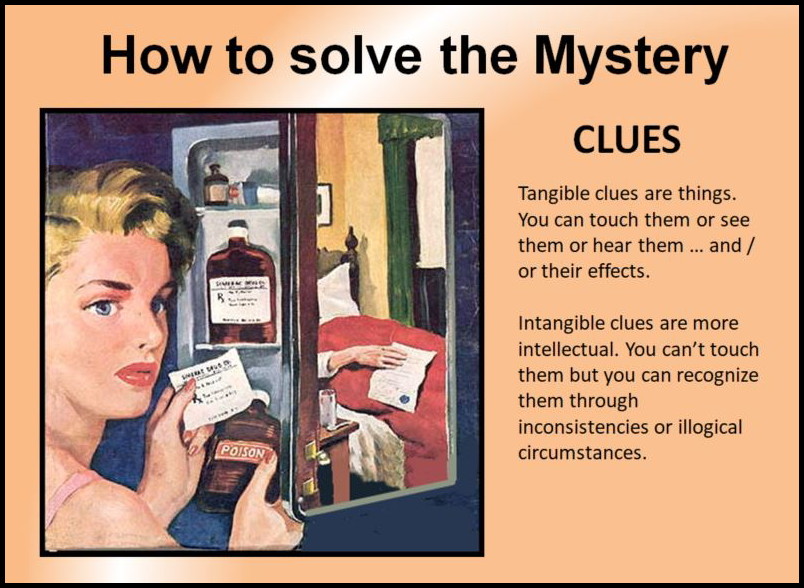
This is a Fair Play Mystery. All of the clues have been presented to the readers or audiences.
It is up to them to pay attention and remember and fit the pieces together.
In ‘fairplay’ mysteries, where the reader gets to work along side the protagonist, clues are the most vital part of your plot. You have to know what different kinds of clues there are, how to make them, what you need them for and how to present them in such a way as to distract your reader.
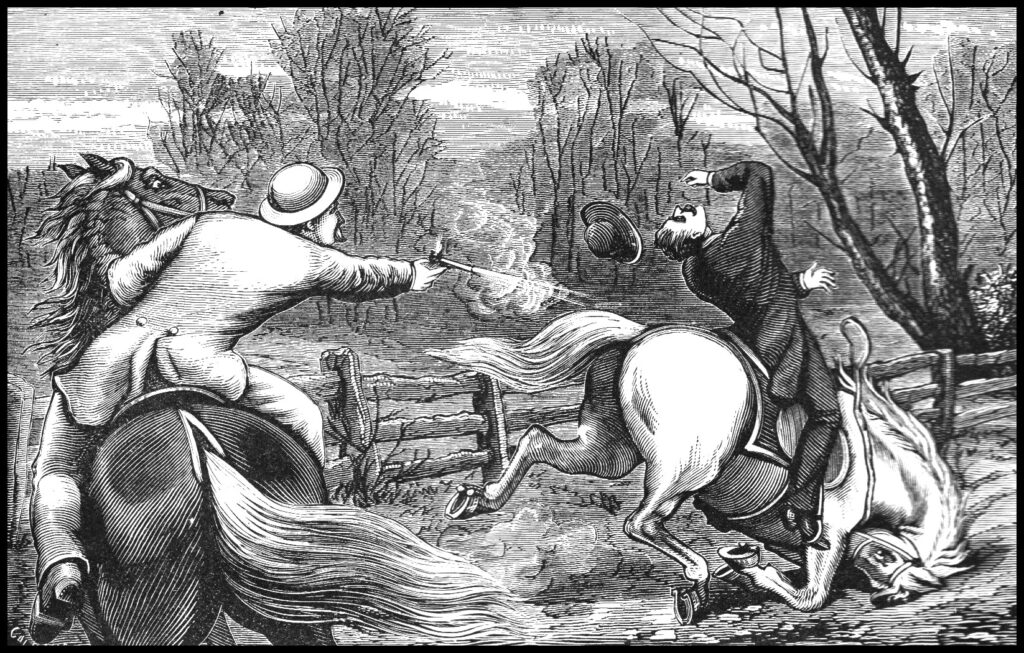
“At least half the mystery novels published violate the law
that the solution, once revealed, must seem to be inevitable.”
Raymond Chandler (1948)
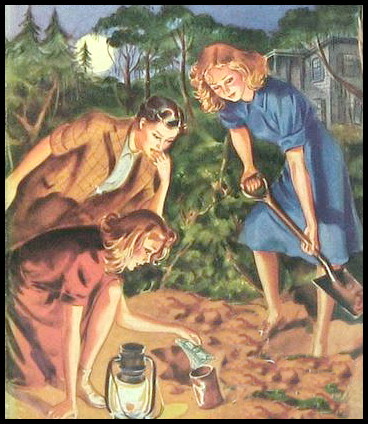
TRUE TECHNIQUE of the
‘Fair Play’ Mystery Story
IT’S ALL ABOUT THE CLUES.
It is not real life; it is a stage, set with the furnishings and properties of the dramatic plot. The dropped candy wrapper, the shreads of cloth or torn bits of a photograph, are carefully placed, and the detective has only to step along and pick them up.
Trace evidence is a popular clue. Clues can also be journals or emails, lies or alibis, photos or facebook posts. They can be information or lack of information. A person acting out of character is a clue. There are also false clues aka (also known as) Red Herrings. More on them later.
Mysteries are more ENGAGING When …
… One or more of the five senses are engaged.
Make your clues and evidence visually attractive or interesting in some way…
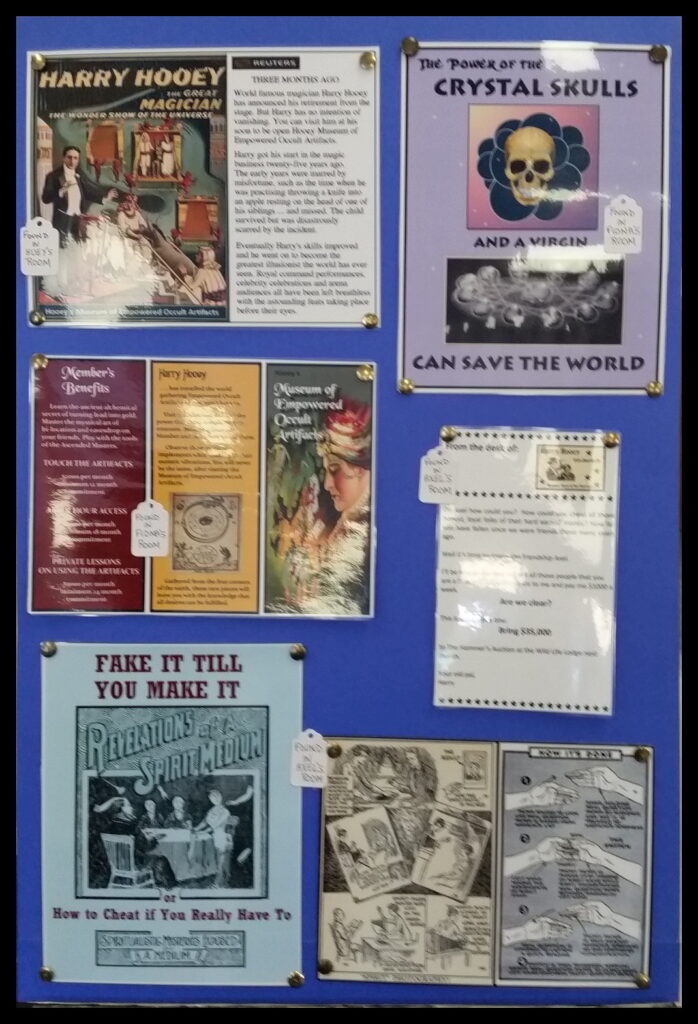

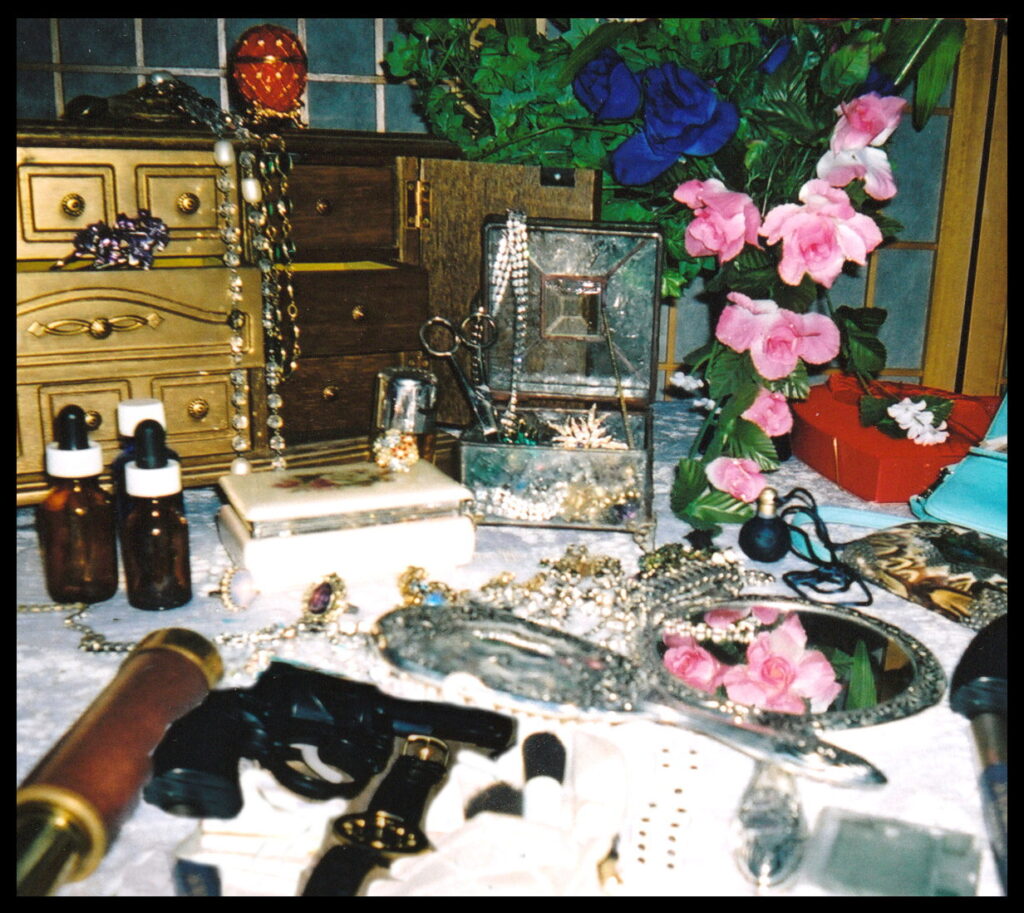
PLANTING the CLUE TRAIL

If you want to write a ‘fairplay’ mystery – where your reader has all the clues to solve the mystery- the earlier you plant the clue that will give away the solution the better. Below is a case in point. Good old Sherlock!
Sherlock Holmes and Dr. Watson went on a camping trip. After a good meal and a bottle of wine, they were exhausted and went to sleep.
Some hours later, Holmes awoke and nudged his faithful friend.
“Watson, look up at the sky and tell me what you see.”
Watson replied, “I see millions and millions of stars.”
“What does that tell you?” Holmes said Watson pondered for a minute.
“Astronomically, it tells me that there are millions of galaxies and potentially billions of planets. Astrologically, I observe that Saturn is in Leo. Timewise, I deduce that the time is approximately a quarter past three. Theologically, I can see that The lord is all powerful and that we are small and insignificant. Meteorologically, I suspect that we will have, a beautiful day tomorrow. What does it tell you?”
Holmes was silent for a minute, then spoke. “Watson, you idiot, Some ——- has stolen our tent.”
The very first piece of information you were given is that they were camping. But after the good meal, the bottle of wine and the lengthy discussion about the meaning of the universe, you were distracted and forgot that little detail. TA DA! AH HA!
TWISTING the CLUE TRAIL
RED HERRINGS
The phrase ‘Red Herring’ comes from Medieval Times when fugitives would drag a red herring (smoked mackeral) across their path to confuse or distract the hounds who were chasing them.
Now it refers to the device of misleading readers in mystery stories. There are two elements to a Red Herring:
It must seem to provide a compelling information for the solution and then why it is not valid.
Remember that Red Herrings must also have a legitimate explanation. Loose ends in mysteries means you will lose readers or your audience because they will feel cheated on.
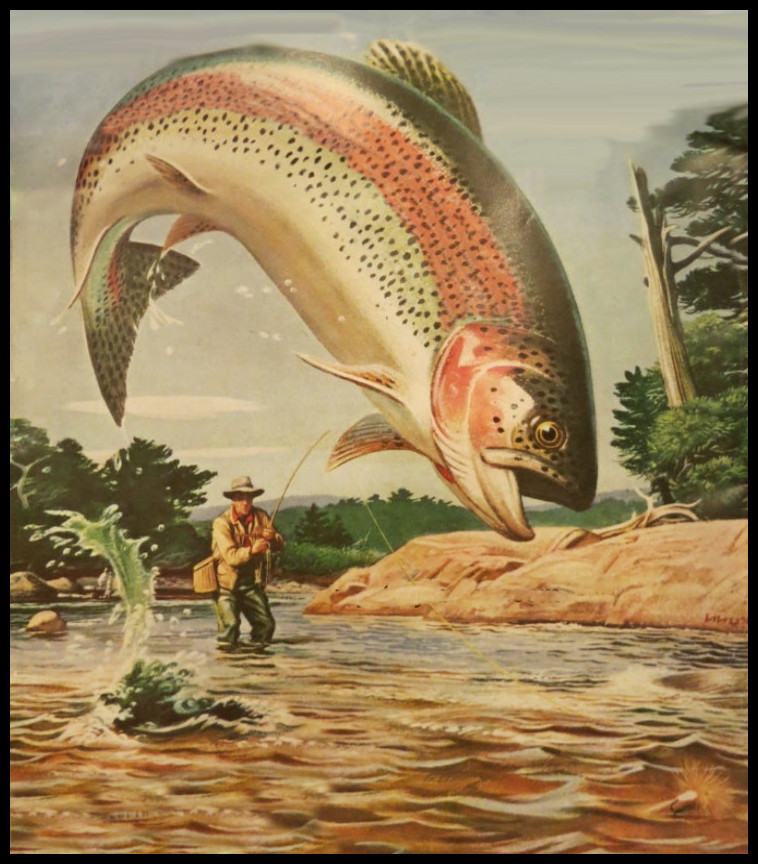
RED HERRINGS are False Clues
They hook the reader and distract or mislead them. If left unresolved for too long red herrings can stink up your plot. sometimes a clue is revealed as a red herring, only to turn out to be a genuine piece of evidence.
FINGERPRINTS
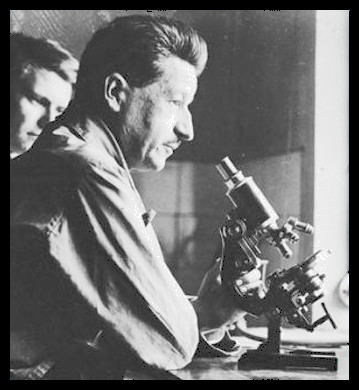
One very useful bit of information in creating clues is ‘Locard’s Exchange Principal‘.
Edmond Locard, born in 1877 France, was a pioneer of forensic science.
Locard was the originator of searching for ‘trace evidence’, stating:
“Every contact leaves a trace”.
For the sake of a basic cluetrail, this means the villain always takes something way from the scene of the crime, and he/she also, always leaves something behind. (The funny thing about this picture of Locard, is that on the original, someone left a fingerprint on the negative and it got developed. You can see it just behind Locard’s head. Life has a sense of humour. Haha.)
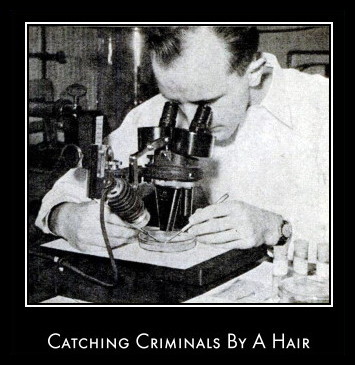
Paul L. Kirk (1902 – 1970) the late chemist and forensic scientist says it like this:
“Wherever he steps, wherever he touches, whatever he leaves, even without consciousness, will serve as a silent witness against him. Not only his fingerprints or his footprints, but his hair, the fibers from his clothes, the glass he breaks, the tool mark he leaves, the paint he scratches, the blood or semen he deposits or collects. All of these and more, bear mute witness against him. This is evidence that does not forget. It is not confused by the excitement of the moment. It is not absent because human witnesses are. It is factual evidence. Physical evidence cannot be wrong, it cannot perjure itself, it cannot be wholly absent. Only human failure to find it, study and understand it, can diminish its value.” The above poster is from a 1947 article “Criminalists: Catching Criminals by a Hair” by Andrew Boone.
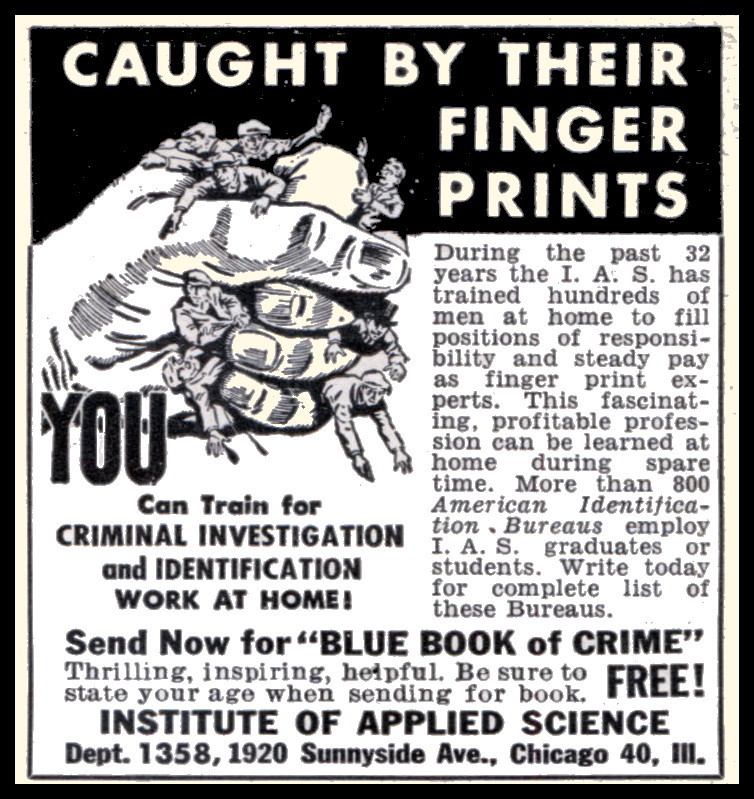
Around the time that the 1800s turned into the 1900s, fingerprints were beginning to be considered as a reliable means of identification. It was 1905 when they were first used as evidence in a major murder trial in England. Fingerprints can be used as clues as well as red herrings (false clues to mislead investigators). The advertisements for the Institute of Applied Sciences placed in Popular Mechanics magazines in the mid 1900s.
ANAGRAM CLUES

One way you can compose a clue is by using anagrams; a type of word play, the result of rearranging the letters of a word or phrase to produce a new word or phrase. Sort of a cross between scrabble and … um … scrambled. So unscrambled scrabble. (There’s a bit of a tongue twister.)
Suspects, involved as they are in nefarious pursuits, can’t just leave straightforward messages lying around. That sweet young psychopathic teenager would be deceptive in her diary doodles. The two-faced politician would be indirect in his daytimer. Maybe there’s a clue in the classified that’s begging to be decoded.
To create the clue you would start with the final phrase and rearrange it to make the phrase that the detective finds. Here are some examples of anagrams:
FORENSIC EVIDENCE becomes SCIENCE OVER FIEND
COMPUTER STATION MELTDOWN becomes WE LOST IMPORTANT DOCUMENTS
ASTRONOMER becomes MOON STARER
DESPERATION becomes A ROPE ENDS IT
THE MORSE CODE becomes HERE COME DOTS
DORMITORY becomes DIRTY ROOM
SLOT MACHINES becomes CASH LOST IN ME
ELECTION RESULTS becomes LIES – LET’S RECOUNT
SNOOZE ALARMS becomes ALAS! NO MORE Z ‘S
A DECIMAL POINT becomes I’M A DOT IN PLACE
THE EARTHQUAKES becomes THAT QUEER SHAKE
But don’t worry if you don’t have time to be that clever. the scrambled letters can just seem like a bunch of jumble. then it’s your detective that has to be clever figuring out there is a message hidden there and not just a bunch of nonsense.
ADVISE From The EXPERTS
Save yourself some valuable time and unnecessary headaches by taking some writing advice from those who have already done the work and had the insights. Using the wisdom of others is a sign of wisdom in yourself. Listen to what these experts are happy to share. Writing can be a long journey – may as well use the shortcuts available.
Sir Arthur Conan Doyle / Sherlock Holmes
“It is an old maxim of mine that when you have excluded the impossible, whatever remains, however improbable, must be the truth.”
Frank Herbert
“If a man lies about an apparently inconsequential thing, then that thing is not inconsequential.”
Rex Stout / Nero Wolfe
“There are two ways to catch a criminal: one, connect him with the crime itself; or two, prove that he knowingly took a share of the spoils.”
Rex Stout / Nero Wolfe
“A search for negative evidence is a desperate last resort when no positive evidence can be found. Collecting and checking alibis is dreary and usually futile drudgery. No. You get positive evidence and if you find it confronted by an alibi, and if your evidence is any good, break the alibi.”
Harry Kemelman
“(The percentage of error is particularly high in the legal profession where) … the intention is not to discover what the speaker wishes to convey, but rather what he wishes to conceal.”
S.S. Van Dine pseudo. For Willard Huntington Wright
“The truth of the problem must at all times be apparent – provided the reader is shrewd enough to see it.”
Agatha Christie / Jane Marple
“What you have to account for is if one person did see something why didn’t that person say so? … Possibility one. The person who saw it didn’t realize what they had seen. That would mean, of course, that it would have to be rather a stupid person. some, let us say, who can use their eyes but not their brain. … It might have been a person whose action in putting something in a glass was natural. It would be quite possible, audacious but possible, for someone to pick up that glass which as soon as it was in his hand or her hand, of course, would be assumed to be his or her own drink and to add whatever was added quite openly. In that case you see, people wouldn’t think twice…it would be a gamble, a risk, but it could happen…Possibility three…Somebody saw what happened and held their tongue deliberately … if so, it’s a very dangerous thing to do.
Look closely at the large fingerprint below. Can you find the words hidden there?
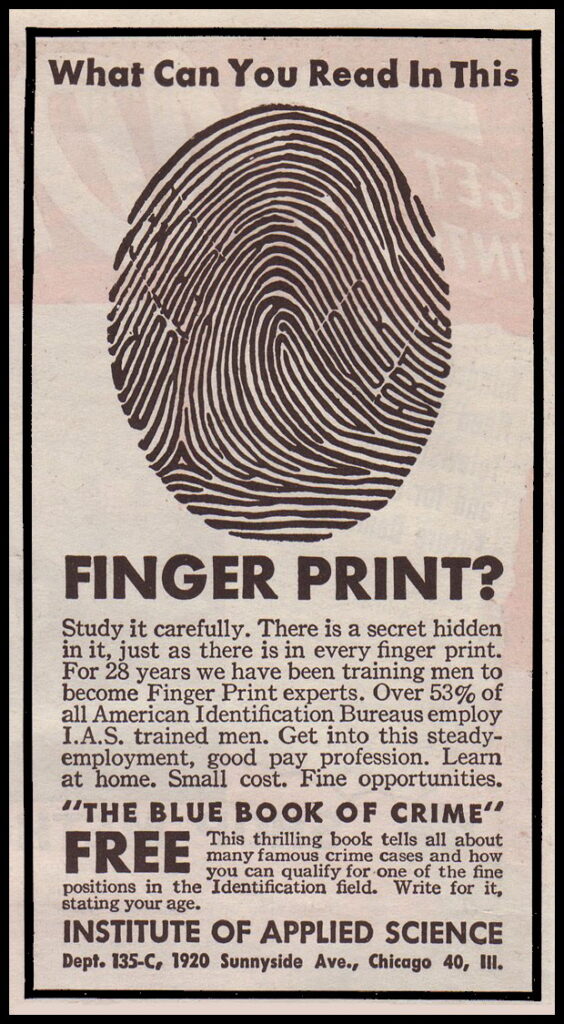
HOW TO WRITE MYSTERIES
The Book CLUE TRAIL
THE CRIME
THE CHARACTERS
MOTIVE, METHOD, OPPORTUNITY
THE CRIME SCENE
CLUES & EVIDENCE
CONSULTATIONS
HOME